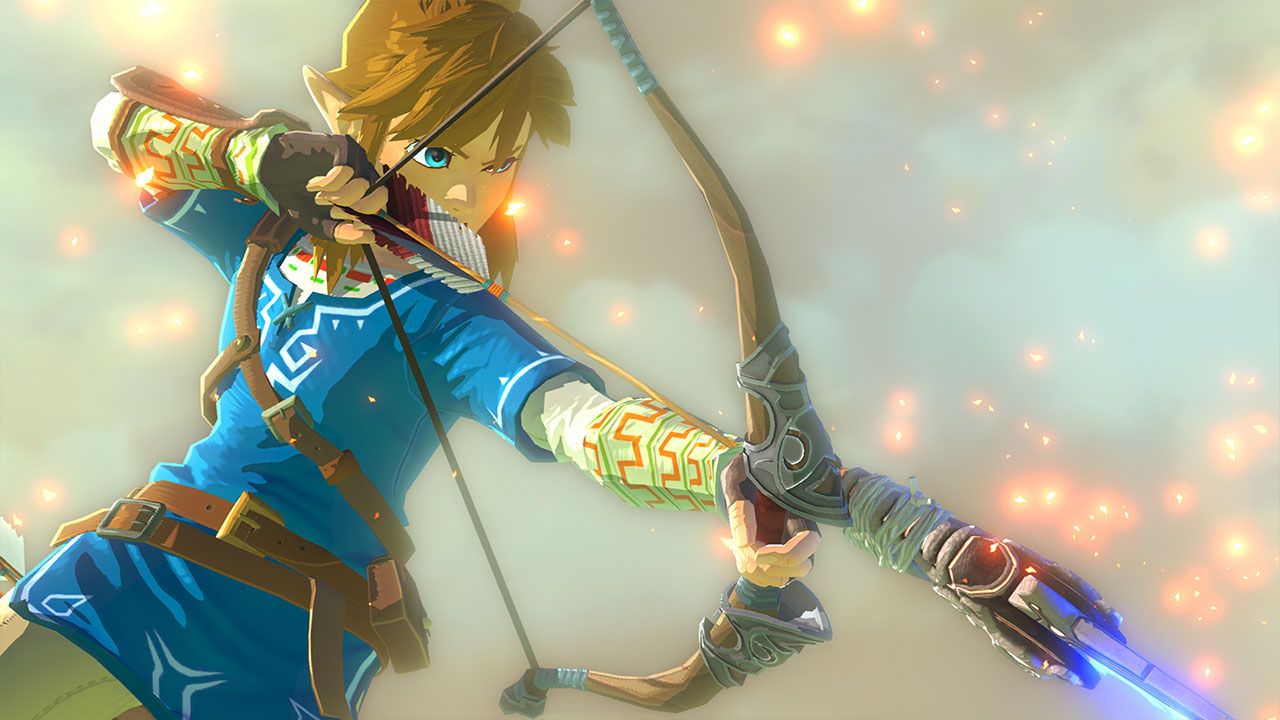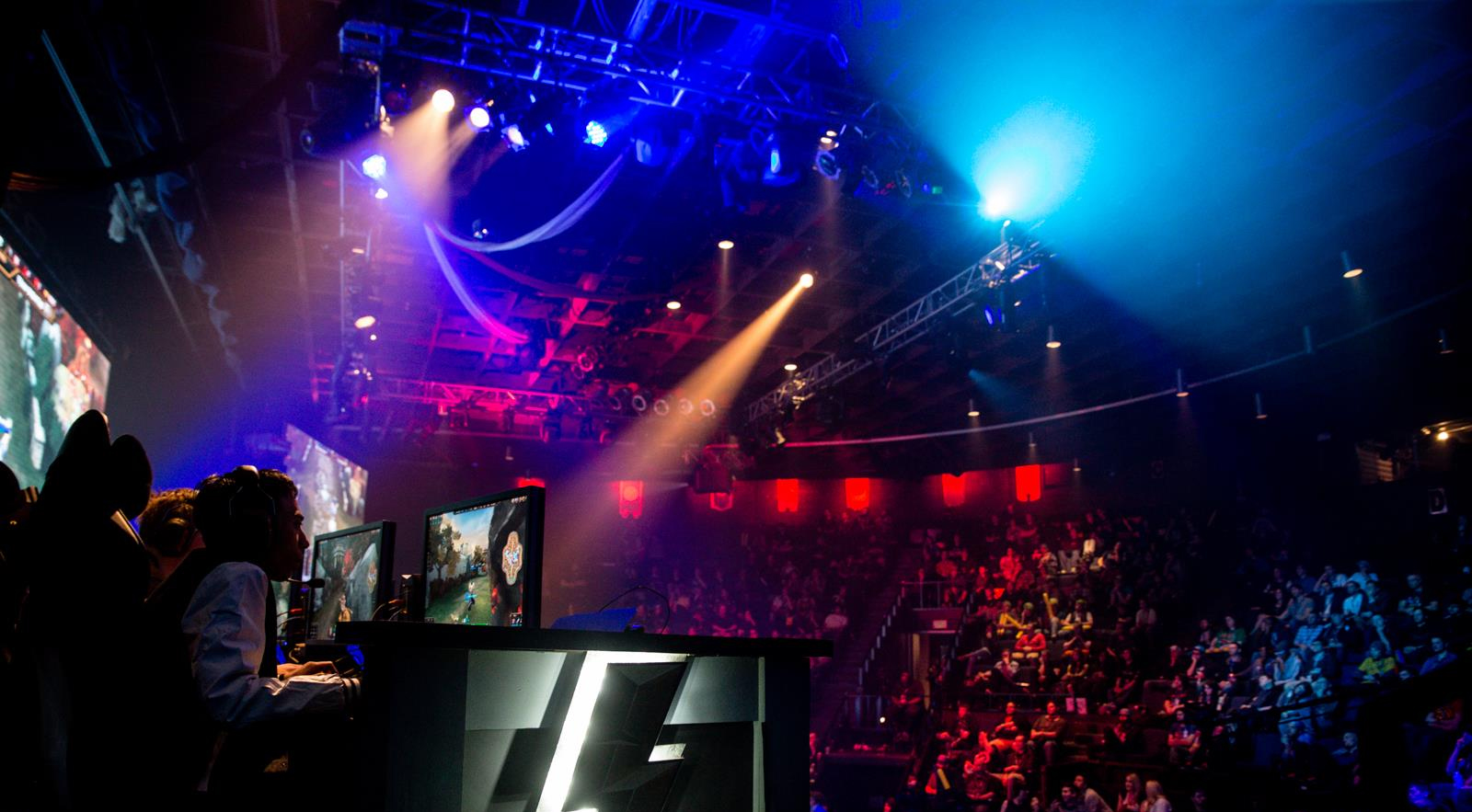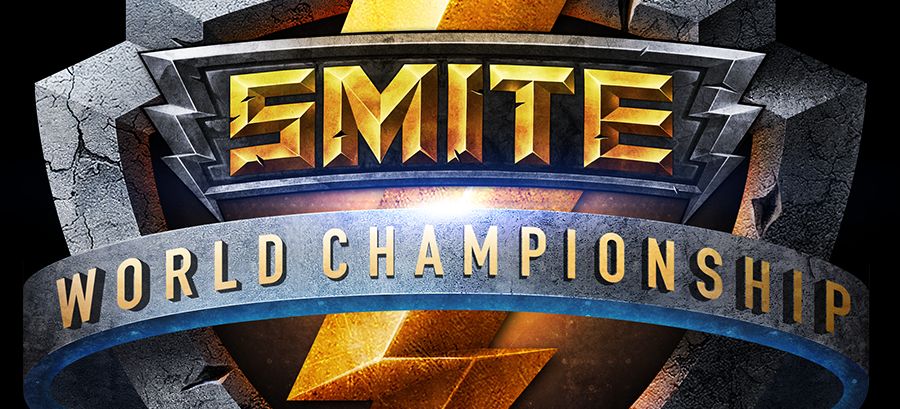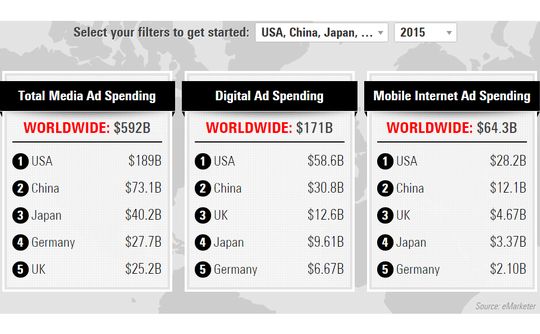With its very first SMITE World Championship set to take place Jan. 9-11, 2015 at the Atlanta Cobb Energy Center, Hi-Rez Studios will make history. With a prize purse of over $2.13 million (and counting, thanks to crowd sourcing), the Finals will officially be the third biggest eSports event (according to prize money) in history — behind only Valve’s The International 2014 and 2013, and ahead of Riot Games’ League of Legends Championship 2014. That’s pretty impressive, given that the Hi-Rez MOBA (multiplayer online battle arena) just launched this year.
The SMITE World Championship will feature eight of the top teams from across five global regions in the biggest eSports event ever held in Atlanta, or on the East Coast of the United States. Todd Harris, co-founder and COO of Hi-Rez Studios, explains what’s in store for SMITE across PC and Xbox One in this exclusive interview.
 Todd Harris, Hi-Rez Studios
Todd Harris, Hi-Rez Studios
How have you tested the eSports waters for SMITE prior to this world championship?
We started running weekend tournaments without prize funding in 2013 while SMITE was still in beta to see what type of appetite there’d be for players with eSports. The first crowd-funded tournament was at the game’s official launch in March 2014. We started with a $100,000 prize pool and we sold an exclusive Poseidon in-game skin with proceeds going to that pool. We more than doubled the prizing for that event, which proved to us that crowd sourcing would work well for this game.
When did you start the crowd sourcing for the world championship?
In the fall we had a 21-week tournament called the Odyssey. For every 200 gems that were spent on these special in-game items, we put a dollar into the prize pool. We started with $600,000 that Hi-Rez funded and our internal goal was to try to get it to $1 million. The dev team put out more content and the community responded, and it’s driven the total to over $2 million and counting. This year is our first tournament on a global scale. We’re amazed that the prize pool has reached the level that it has, and it’s still going up.
How have eSports events produced by Valve, Riot Games and Blizzard Entertainment impacted what you’re doing?
We were inspired by Valve working with its community to crowd source The International prize pool. Our implementation is different, but seeing their example of selling virtual items and having that fund the prize pool was instrumental for us. We’ve done this crowd sourcing with charity drives over the summer for a July 4 American Red Cross drive that raised over $60,000, and we have another one going on for the holidays for the American Red Cross that has raised over $90,000 and runs from Nov. 28 — Jan. 14. There’s a set of exclusive items that can be obtained through a holiday-themed chest and for every 400 gems spent on a chest a dollar is donated to the American Red Cross.
How have your tournaments grown this year?
Our audience needs to build over time. Our launch tournament was held in Atlanta’s Center Stage Arena, which held 1,000 people live. We’re sticking with Atlanta for our events because we’re based there and it has the world’s biggest airport. Our world championship Jan. 9-11 will take place at the Cobb Energy Center, which has a 3,000 person capacity. If you watched The Walking Dead Season 1, it’s the building that served as the CDC headquarters that was blown up. Our event will be in the main theater in that arena. And over those same dates in a ballroom, we’re hosting the first hands-on of SMITE on Xbox One, which is still in pre-alpha now. We expect the event will sell out and we anticipate — based on prior livestreams — that over the course of three days 800,000 will watch on Twitch.
What differentiates SMITE from other MOBAs?
The biggest differences between SMITE and MOBAs like League of Legends and Dota 2 is that you’re directly controlling your character with a mouse and keyboard from a 3D up-close and personal action combat perspective. That’s why it’ll translate to console because of the 3D action perspective, verses the over-the-top click-through navigation. I also believe that gamers like the mythology theme, where they choose to play as a god or goddess like Thor, Odin, Loki, and Zeus, as well as many new gods and goddesses from Mayan, Chinese and other.
How has Hi-Rez built up SMITE from a marketing perspective?
From the very start, we embraced new media and that has helped accelerate and amplify positive word of mouth. Our Facebook page has over 1 million fans and we have over 500,000 Twitter followers. We started streaming from the studio on Twitch very early. I believe we were the first studio to have our own studio channel. We actually broadcast SMITE 24/7. We do a tremendous amount of streaming of eSports and other content like a Patch Note Reveal Show and all types of live action skits. On a monthly basis we have over 1 million hours viewed regularly on Twitch, and have for some time.
What types of sponsors have you been able to attract for the world championship?
Curse is the title sponsor. Their Curse Voice Communication is used by our players and is powering the tournament. It’s also integrated into the game so any players can use it. Alienware and Logitech have been consistent sponsors and supporters of our tournaments since early beta. We’re seeing a lot of interest from more mainstream companies. The $2 million prize pool is attracting people’s attention, but I believe seeing the production value of the world championship will help legitimize SMITE in the eSports landscape.
How have you increased the production value over the past year?
We learned a lot over the last two years. The early online tournaments we held were shoutcasted by a guy in his own bedroom with an unmade bed in the back of the shot. A lot of the focus this year has been on finding partners and growing our internal capabilities around producing a broadcast quality event with eSports administration and rules enforcement. It requires a big investment to do it right, but we believe in this.
What role will eSports play for SMITE moving forward?
ESports is not a money maker. It’s a marketing and community expense. You need to take it on faith and/or passion that it’s an investment worth making. Hi-Rez has always made online competitive multiplayer games. ESports is consistent with our brand. At the end of the day, it’s hard to quantify a return on the expense you take. We associate eSports with a longer engagement for the community. Analyst reports indicate that eSports enthusiasts tend to spend more money in the game, as well. We haven’t done any surveys of our community yet to confirm if that’s the case.
What role do you see consoles playing with eSports beyond Activision’s Call of Duty?
We’re at a turning point with next gen consoles and eSports, where brands beyond Call of Duty can thrive. For a number of reasons, consoles are more receptive to free-to-play so you can have a larger audience. The console platforms have better spectating and broadcasting and streaming capabilities built-in. The opportunity for us is the fact that MOBA is the most popular eSports category in the world, but the other large MOBAs aren’t playable on console. It’s a unique and obvious opportunity for us to go after this console audience. According to recent SuperData, more than 50 percent of League of Legends players also play Call of Duty, so if a MOBA game can be played on console, there’s a new eSports opportunity there.
Will gamers be able to play SMITE across platforms?
We’re not supporting cross-platform play. Even though the core gameplay is the same, the controls are quite different across PC and Xbox One. Some characters will be controlled a bit differently. We do think there can be a healthy tournament scene on Xbox One. We see it as a parallel stream of tournaments. We do plan on hosting those, but we’re much earlier on with Xbox One development.
Would the plan be to have both PC and Xbox One tournaments together in the future?
In our ideal world, it’d be one event with multiple platforms present.
When will SMITE be available on Xbox One?
We will make it generally available in calendar year 2015, exactly when will depend on the beta process. The core gameplay translates quite well, we’re spending more development time to make sure the user interface works because there’s lots of tiny text that won’t fit with the console version. We also need to optimize the controls to make them smooth.

 Todd Harris, Hi-Rez Studios
Todd Harris, Hi-Rez Studios


